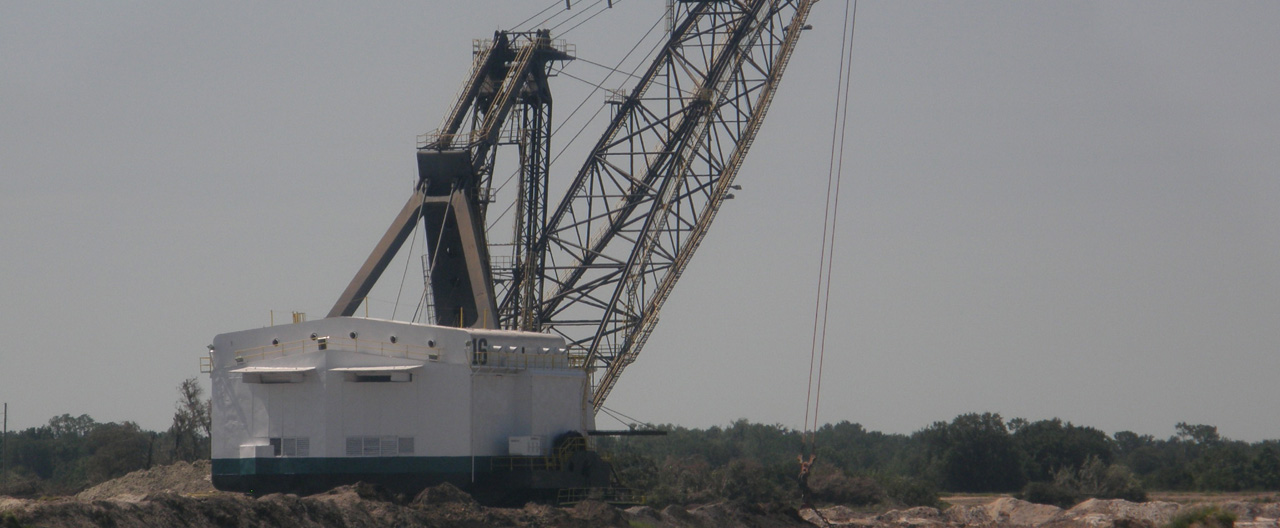Other Phosphate Deposits
There are phosphate deposits all over the world, but they are not all considered to be “mineable” reserves. A mineable reserve is one that is economically feasible to mine in light of today’s market and technology. There are some reserves that will likely never be mined, such as the rich deposit 200 feet under St. Augustine and Jacksonville in Florida.
The United States produces the most phosphate in the world, while Morocco and China rank second and third, respectively. Active mining is also occurring in a number of locations including Russia, Tunisia, Jordan, Brazil, Israel, South Africa, Syria, Togo, Senegal and, to a lesser extent, several other countries. The two newest mines sites are in Australia and Canada. There are also rich reserves in Mongolia and Peru that will likely be mined in the future.
Although the United States is currently producing more phosphate rock than Morocco, Morocco’s phosphate reserves are estimated to be nearly six times that of the United States. Looking toward the future, this puts Morocco in a very advantageous position to become the leading player in the mining of phosphate.
For now, Florida’s phosphate industry continues to be one of the major sources of phosphate fertilizer internationally because America has the transportation and industrial infrastructure to produce and export the product.
Phosphate mining in America started near Charleston, South Carolina. The phosphate discovered in central Florida, however, quickly overshadowed other sources because the cost of mining in Florida was much lower, the deposits were much more extensive, and the phosphate content of the Florida rock was greater.
Currently U.S. phosphate mining takes place in Florida, North Carolina, Idaho and Utah. In 2000, the newest North American mining operation began in Ontario, Canada. This deposit was not mined earlier because it was not economically practical.
Florida’s phosphate is part of a deposit that stretches across the state and up the coast to the Chesapeake Bay. The mineable extent of the phosphate deposit in central Florida stretches from Polk and Hillsborough counties south through Hardee, DeSoto, Manatee and Sarasota counties. No mining, however, is taking place in Sarasota County and there are currently no plans to mine there. There is also a northern Florida deposit which extends over portions of Hamilton, Columbia, and Suwannee Counties. At this time, mining is currently taking place only in Hamilton County.
The Florida phosphate deposit is one of the most economically accessible deposits in the world because a substantial layer of phosphate is only 15 to 50 feet below a soft overburden. Because of the economic attractiveness of the Florida phosphate deposit and the infrastructure of transportation facilities and nearby fertilizer plants in place in Florida, Florida is presently providing approximately 75 percent of the nation’s supply of phosphate fertilizer and about 25 percent of the world supply.
Several years ago the Florida industry ceased exporting phosphate rock, so that all the rock produced would be available to the U.S. companies for the production of the higher value phosphate fertilizer products. The industry is now exclusively exporting fertilizer products.
